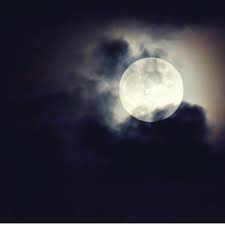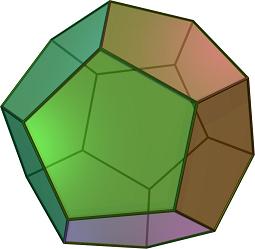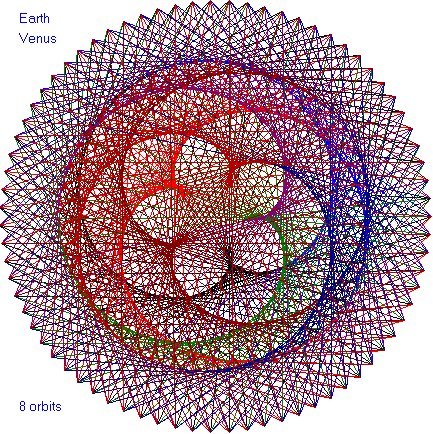


An Entry into the Encyclopedia of the Inscrutible:
Alchemy
May 4, 2019
For My UU Band of Writers, May 5, 2019
prompt/theme: an entry into the encyclopedia of the inscrutible
from wikipedia https://en.wikipedia.org/wiki/Alchemy :
"
Alchemy was an ancient branch of natural philosophy, a philosophical and protoscientific tradition practiced throughout Europe, Africa, and Asia, originating in Greco-Roman Egypt in the first few centuries AD. It aims to purify, mature, and perfect certain objects."
Alchemy is a term we hear more and more today. It means transformation. It's vaguely related to chemistry and pharmacy, to chemical reactions and to miraculous healings. Its actual practitioners centuries ago were very cryptic in their descriptions, seemingly to keep this powerful process out of the wrong hands. Some of the potions they made were probably poisonous. And yet it was held in as high respect as it is villified by certain authorities today. Just what it is deserves some scrutiny, so it isn't so inscrutible.
Traditional sciences like alchemy and astrology are different from conventional science today because they were not separated off from spirituality and what we might call psychology. Alchemy was primarily used for medicine, but it recognized that healing the soul was essential for healing the body. That's why holistic health practices today are often called alchemical, because they recognize this fact. More-advanced science today is called quantum for much the same reason, even though the words alchemical and quantum are often more metaphorical than accurate description. But as I mentioned, alchemy itself was always as much poetry and story-telling as it was some kind of chemistry and metallurgy.
The primary story alchemy told, often in myth and pictures, was called the great work (magnum opus). The purpose of this work was transforming the soul through spiritual awakening and purification. Alchemy asserts that there are archetypes and levels of consciousness that correspond to their likenesses in physical form, according to the hermetic maxim, "as above, so below."
So, alchemists hold, working with metals and herbs are a key to transforming the soul. Inner work of contemplation would accompany and enlighten the outer work with metals and herbs. Alchemy reveals the correct herb, or crystal, or potion to release the corresponding potency within the human body and mind. So the story of transforming lead into gold revealed levels of consciousness within us, corresponding to our soul centers or what oriental alchemists called chakras and kundalini, and gold corresponds to the highest spiritual level, the crown chakra. And although true medieval and renaissance alchemists knew that lead could not be transformed into gold through a chemistry process alone, they held that in rare cases, a practitioner who had completed the great work of contemplating the archetypes and attaining higher consciousness, could actually achieve transformation of lead into gold on the physical level too. In vain did later imitators try to achieve this for greedy purposes without doing the inner work.
Meanwhile, the symbols and stories of alchemy do more to explain our lives as we truly live them than the chemistry of today does. Instead of formulas for manipulating the physical world for our convenience and commerce, alchemy offers understanding of the patterns and polarities we observe, and anchors them in the Earth and in the cosmos around us, blending with astrology and western astronomy, chemistry, physics, herbalogy, kundalini yoga, kabbalah, tarot, mythology, music and magick. Using it, we understand and can follow the path of the great work to physical health and spiritual liberation, perhaps even to transcend death. The great work accomplishes the divine or chemical marriage between the assertive or masculine and the receptive or feminine natures within us, symbolized by the eclipse of the golden sun and silvery moon, and by the miracle of the same size of these two great lights of our lives as seen from Earth, and which have exactly the same color as these two most luminous, untarnished, conductive and valuable metals.



The dual, interdependent planet/dwarf-planet Pluto is a new key to this divine marriage too.

And the storied key to the great work reveals the nature of alchemy, because it's called the philosopher's stone, the agent of transformation that we find through philosophy and its key to unlocking the physical and spiritual mysteries and powers-- also called the elixir of life that can keep us young and healthy forever, and which we can share with the world, and heal the world. The goal is not so much the gold of wealth, as of health.
So, may we find as much as we can of this philosopher's stone, this elixir, by pursuing the great work of our lives, on all corresponding levels, seeing the connections between all things, and the current (or force) running between them forever.
May the Fourth be with you. And the fifth. And, stay curious,
number 19.
Addendum
This essay was created on May the Fourth, 5/4, 2019, aka Star Wars Day. Sacred numbers, and sacred geometry. The number 54 has become significant to me recently. The numbers in 2019 add up to 12. The fourth and fifth also refer to the four and five elements (fire, earth, air and water, plus spirit) which in physics are known today as the "states of matter." They also refer to the dominant and subdominant 4th and 5th tones, basic to all music, also called the solfege scale, based on the words sol and fa (5th and 4th tones). More on the scale in this music video:
Silver Droplets
https://youtu.be/chEZzLgIeWw
There are only five platonic solids, or regular polygons. Plato decided that they corresponded to the 5 elements. The dodecahedron corresponds to the fifth element, the quintessence, also called ether, space, the universe, the zodiac, or spirit. It has 12 faces that are each 5 sided pentagons. Each face has 5 angles of 108 degrees, which adds up to 540.

The chakras, visible planets, alchemical metals, and diatonic musical tones, all correspond. The planet Mercury, named after Hermes, is considered a symbol of the great work. The proportion of its revolution around the sun to its rotation is 2/3. That is also the proportion that generates the fifth or dominant tone, known as the generic G or sol. Mercury corresponds to the 5th or throat chakra, where we communicate and make musical tones. It is linked to the element air.
Venus is the symbol of beauty. And its beauty lies principally in the proportions of its relationship to the Earth and the Sun.
13 Venus and 8 Earth orbits relate to each other according to the fibonacci series, which artists and nature alike often refer to in creating and growing beautiful things. If you draw a line between successive positions of the two planets during these orbits, they form a pattern of 5 petals in 4 sizes, within the zero-shaped orbit of Venus.. That's 540, same as the number of degrees in a face of the dodecahedron, the symbol of spirit. Venus is the heart or 4th chakra planet, and the 4th chakra is linked to the spirit element. The five-pointed star is also a goddess symbol.

http://philosopherswheel.com/venusorbits.jpg
All this is elegantly represented and expressed in the great organ work of J.S. Bach, Toccata in the Fourth Key, whose work number is 540.
More about the 4th chakra, Venus, the divine proportion and the dodecahedron HERE.
An alchemical poem.
Metals are created in suns.
Iron corresponds to the solar plexus.
Gold is created in suns, when they explode after iron is created.
The Sun is the crown chakra, the soul of wisdom.
Can gold be created there, when the soul is purified?
Seek for genuine, not ulterior, motives.
Heroic Work of Alchemy (poem)
Alchemy - Sacred Secrets Revealed
19 memes for May the Fourth, Star Wars Day
The numbers 54 and 108 in sanskrit and yoga
The mystical meaning of number 108
Leonard Bernstein on the octave, 5th and 4th tones and the circle of fifths
Beautiful Circles of the Earth and Sky by E. Alan Meece
More esoteric science links at the toccata webpage
reference: Titus Burckhardt, Alchemy, Science of the Cosmos, Science of the Soul, Penguin Books, 1960.